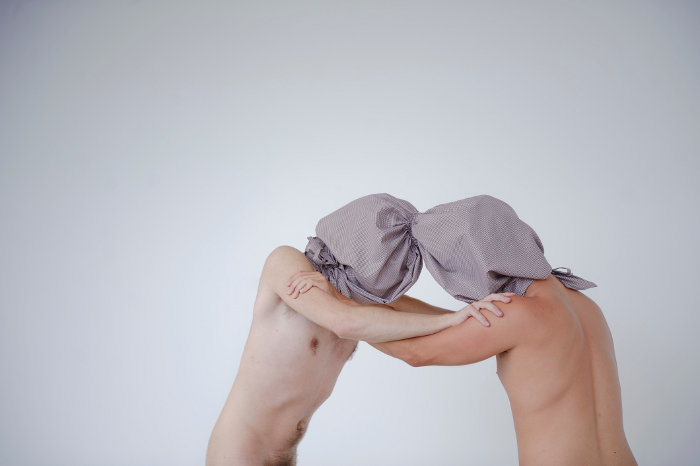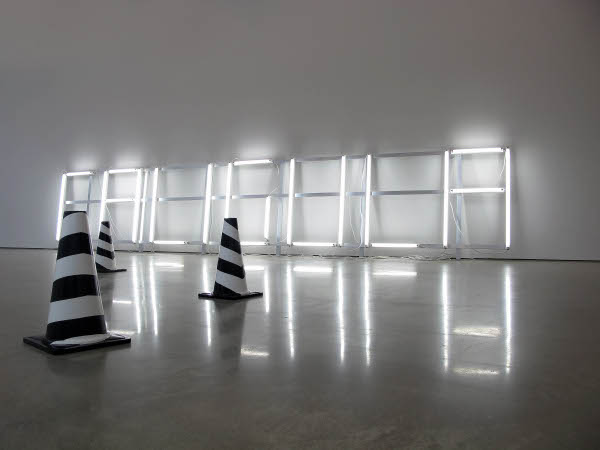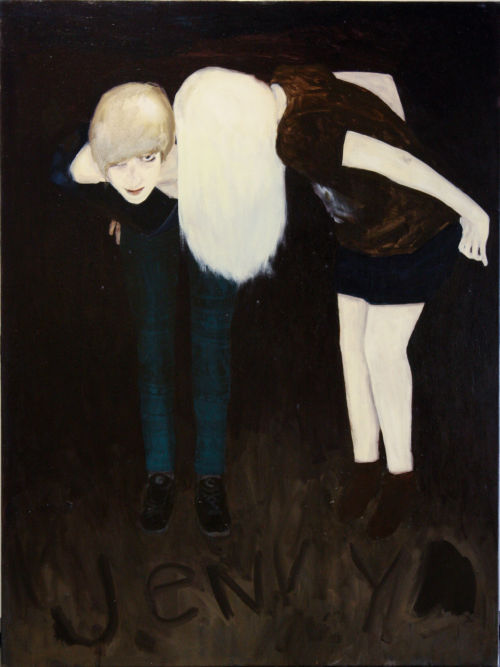|
| Jenny Lindblom, Untitled (Limited Ambition), 2010, image: Bonniers Konsthall |
Every spring at Bonniers Konsthall, an effort is made to share the work of emerging Swedish artists that are considered to be cutting-edge, contemporary, and altogether de rigueur. The curators this round tried a different spin; they chose to focus on the works of eleven Swedish artists who now make work and reside outside Sweden—in other words, expatriates who have chosen to produce work under the influence of other cultures. Which begs the question: what makes these artists Swedish anyway? (Though nationality as an aesthetic construct has long passed out of vogue at places such as the Whitney Museum of American Art or at the Venice Biennale where Liam Gillick last represented Germany.) When examined more closely, does an artist possess a right or responsibility to identify with one’s origin, considering morphing notions of immigration, homeland and patriotism? More »



